

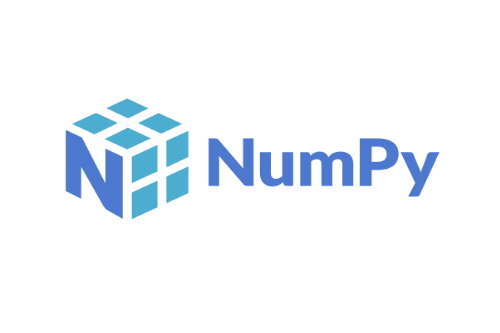
NumPy is an open source project aiming to enable numerical computing with Python. It was created in 2005, building on the early work of the Numeric and Numarray libraries. NumPy will always be 100% open source software, free for all to use and released under the liberal terms of the modified BSD license. NumPy is developed in the open on GitHub, through the consensus of the NumPy and wider scientific Python community. For more information on our governance approach, please see our Governance Document.
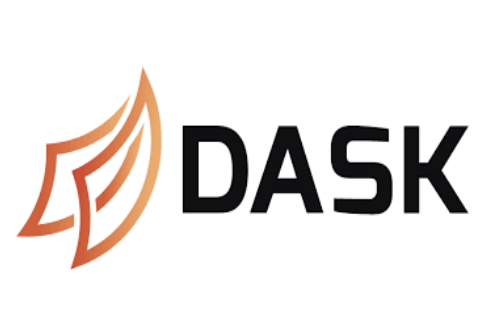
Dask provides advanced parallelism for analytics, enabling performance at scale. Dask is a fiscally sponsored project of NumFOCUS, a nonprofit dedicated to supporting the open source scientific computing community. Dask is open source and freely available. It is developed in coordination with other community projects like NumPy, pandas, and scikit-learn.
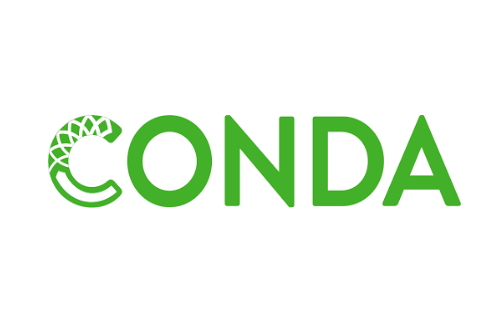
Package, dependency and environment management for any language—Python, R, Ruby, Lua, Scala, Java, JavaScript, C/ C++, FORTRAN, and more. Conda is an open source package management system and environment management system that runs on Windows, macOS and Linux. Conda quickly installs, runs and updates packages and their dependencies. Conda easily creates, saves, loads and switches between environments on your local computer. It was created for Python programs, but it can package and distribute software for any language.
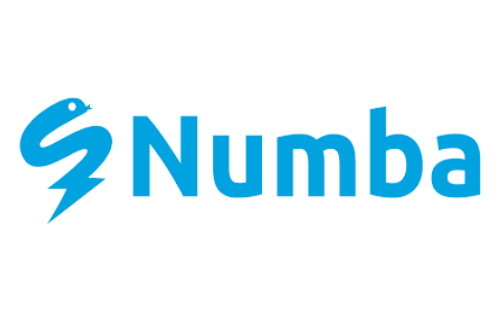
Numba translates Python functions to optimized machine code at runtime using the industry-standard LLVM compiler library. Numba-compiled numerical algorithms in Python can approach the speeds of C or FORTRAN. You don't need to replace the Python interpreter, run a separate compilation step, or even have a C/C++ compiler installed. Just apply one of the Numba decorators to your Python function, and Numba does the rest.
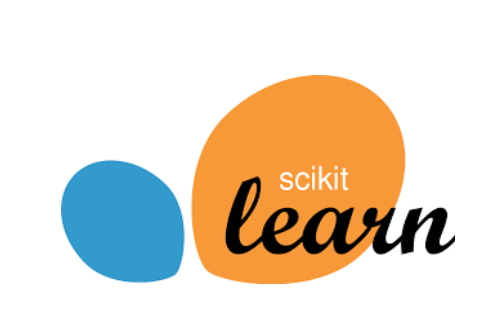
Simple and efficient tools for predictive data analysis · Accessible to everybody, and reusable in various contexts · Built on NumPy, SciPy, and matplotlib. This project was started in 2007 as a Google Summer of Code project by David Cournapeau. Later that year, Matthieu Brucher started work on this project as part of his thesis. In 2010 Fabian Pedregosa, Gael Varoquaux, Alexandre Gramfort and Vincent Michel of INRIA took leadership of the project and made the first public release, February the 1st 2010. Since then, several releases have appeared following a ~ 3-month cycle, and a thriving international community has been leading the development.
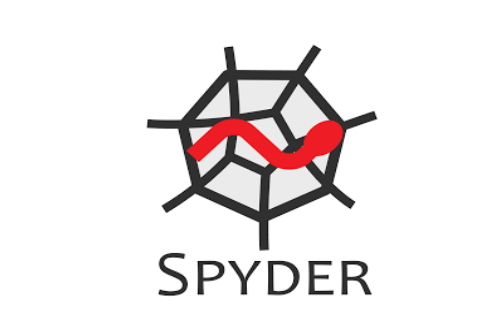
Spyder is a free and open source scientific environment written in Python, for Python, and designed by and for scientists, engineers and data analysts. It features a unique combination of the advanced editing, analysis, debugging, and profiling functionality of a comprehensive development tool with the data exploration, interactive execution, deep inspection, and beautiful visualization capabilities of a scientific package.

Ibis is a toolbox to bridge the gap between local Python environments (like pandas and scikit-learn) and remote storage and execution systems like Hadoop components (like HDFS, Impala, Hive, Spark) and SQL databases (Postgres, etc.). Its goal is to simplify analytical workflows and make you more productive.
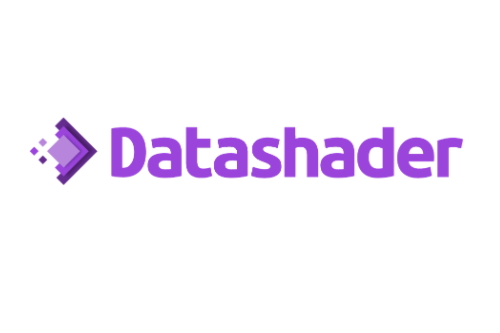
Datashader is a graphics pipeline system for creating meaningful representations of large datasets quickly and flexibly. Datashader breaks the creation of images into a series of explicit steps that allow computations to be done on intermediate representations. This approach allows accurate and effective visualizations to be produced automatically without trial-and-error parameter tuning, and also makes it simple for data scientists to focus on particular data and relationships of interest in a principled way.

Bokeh is a Python library for creating interactive visualizations for modern web browsers. It helps you build beautiful graphics, ranging from simple plots to complex dashboards with streaming datasets. With Bokeh, you can create JavaScript-powered visualizations without writing any JavaScript yourself.

Altair is a declarative statistical visualization library for Python, based on Vega and Vega-Lite, and the source is available on GitHub. With Altair, you can spend more time understanding your data and its meaning. Altair’s API is simple, friendly and consistent and built on top of the powerful Vega-Lite visualization grammar. This elegant simplicity produces beautiful and effective visualizations with a minimal amount of code.
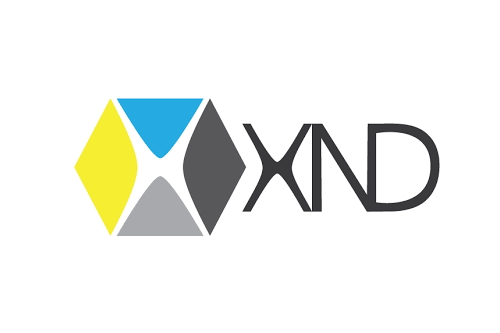
We are building XND to recreate the foundations of NumPy as a number of smaller libraries, combining the lessons learned in the past twenty years of array computing in Python with the needs of newer applications. This is not a replacement of NumPy. Eventually, NumPy could use XND as could Pandas, Dask, and other libraries. In fact, we are actively working on using XND in Numba and are also very interested in integrating it with a variety of libraries including Dask, xarray, Numba, Chainer, PyTorch, Tensorflow, PyMC4, TVM/NNVM, Plasma Store, Apache Arrow, and Tensor Comprehensions.
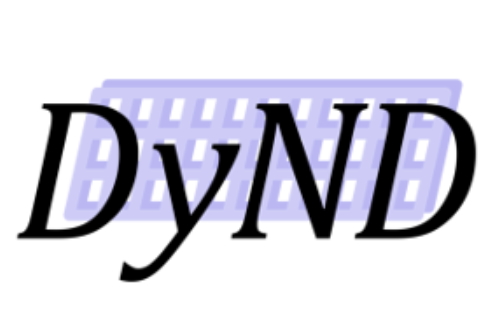
DyND is a C++ library for dynamic, multidimensional arrays. It is inspired by NumPy, the Python array programming library at the core of the scientific Python stack, but tries to address a number of obstacles encountered by some of its users. Examples of this are support for variable-sized string, ragged array types, and convenient usage from C++. The library is in a preview development state, and can be thought of as a sandbox where features are being tried and tweaked to gain experience with them.
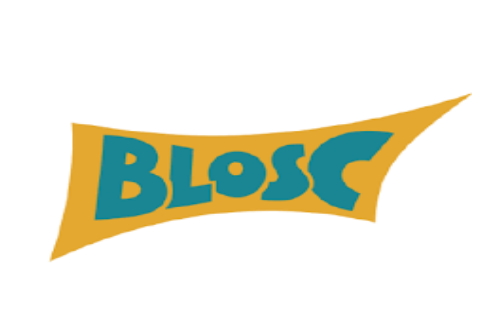
Blosc is a high performance compressor optimized for binary data. It has been designed to transmit data to the processor cache faster than the traditional, non-compressed, direct memory fetch approach via a memcpy() OS call. Blosc is the first compressor (that I'm aware of) that is meant not only to reduce the size of large datasets on-disk or in-memory, but also to accelerate memory-bound computations (which is typical in vector-vector operations). It uses the blocking technique (as described in this article) to reduce activity on the memory bus as much as possible. In short, the blocking technique works by dividing datasets in blocks that are small enough to fit in L1 cache of modern processor and perform compression/decompression there. It also leverages SIMD (SSE2) and multi-threading capabilities present in nowadays multi-core processors so as to accelerate the compression/decompression process to a maximum.